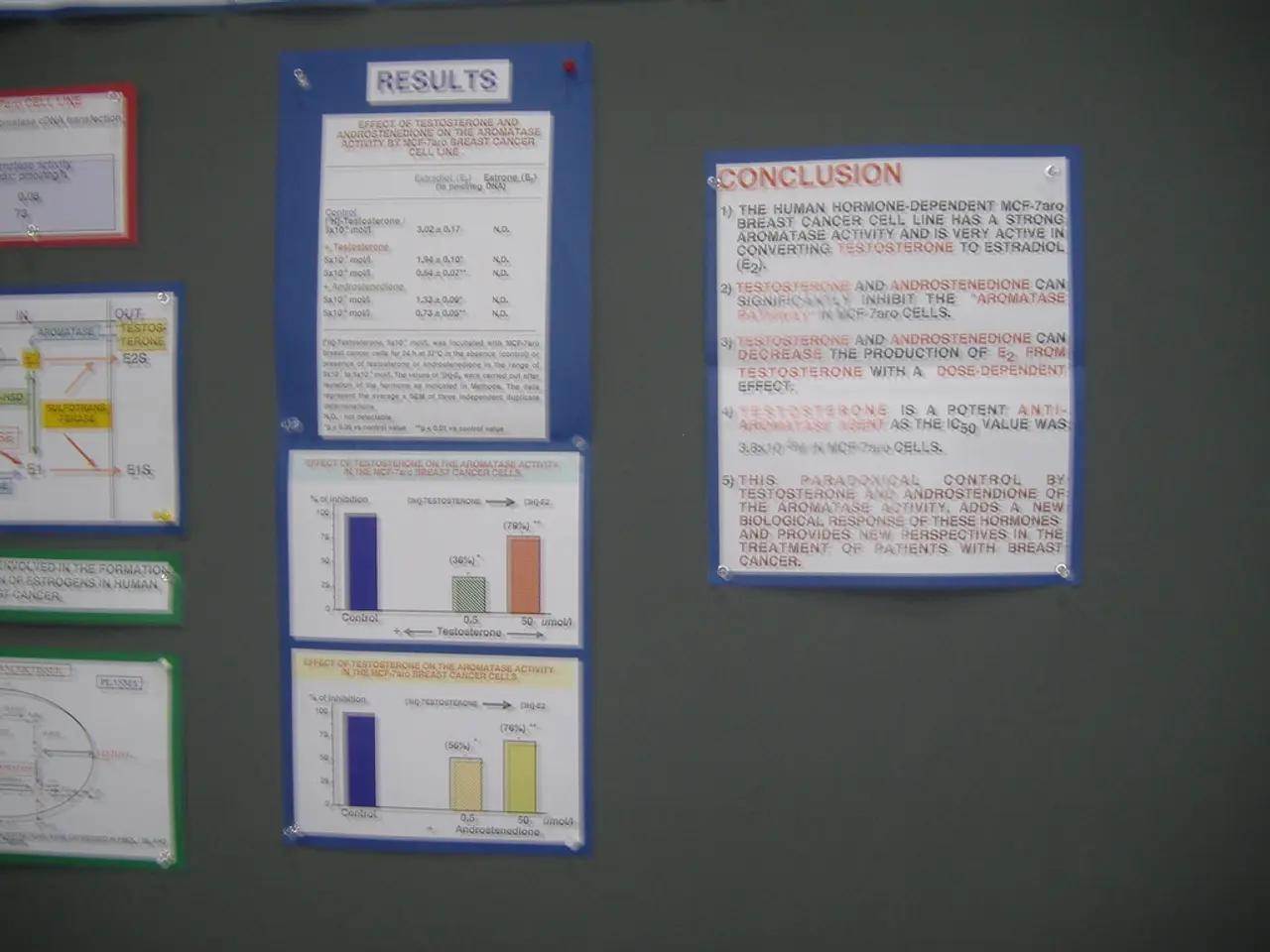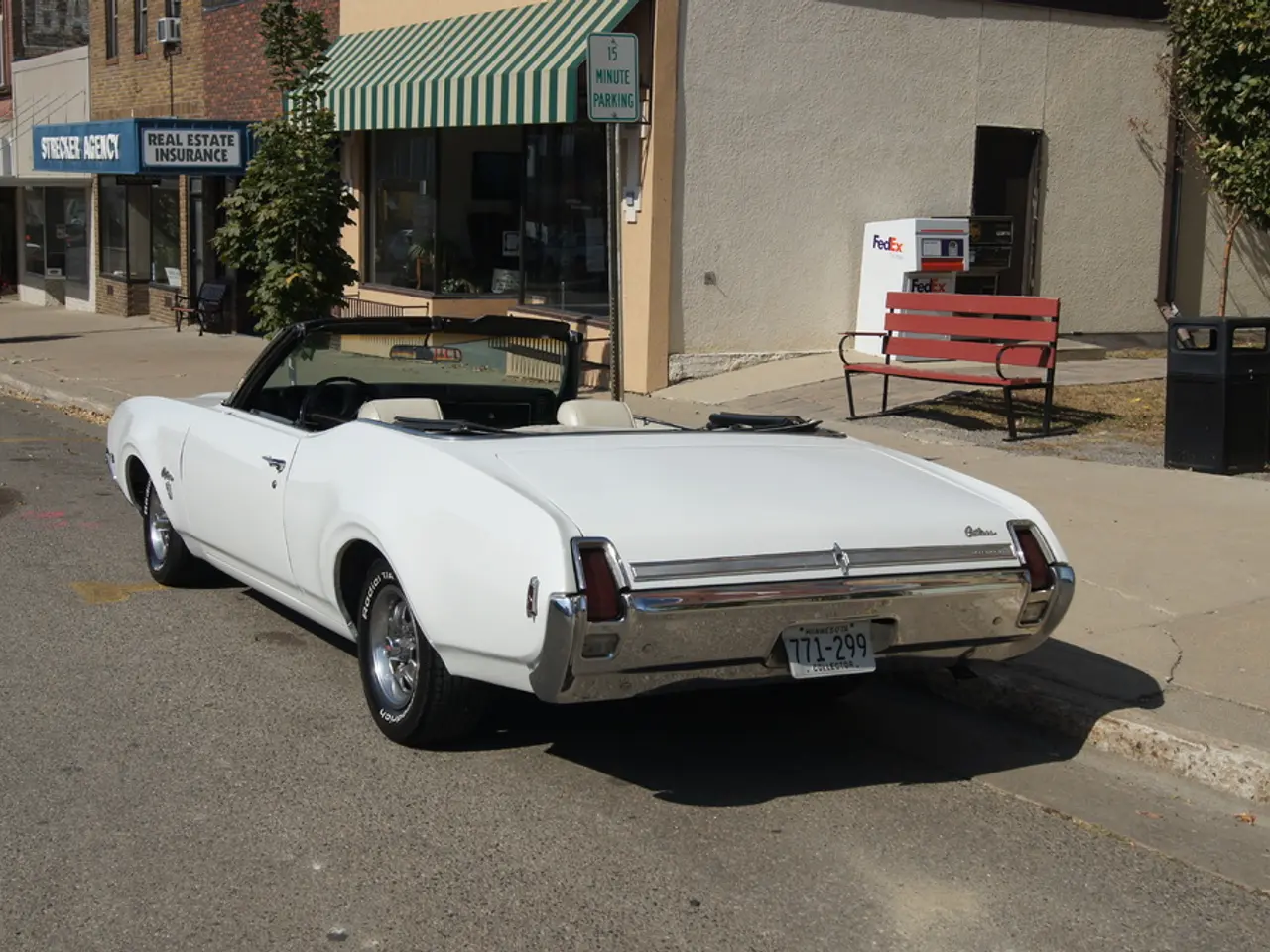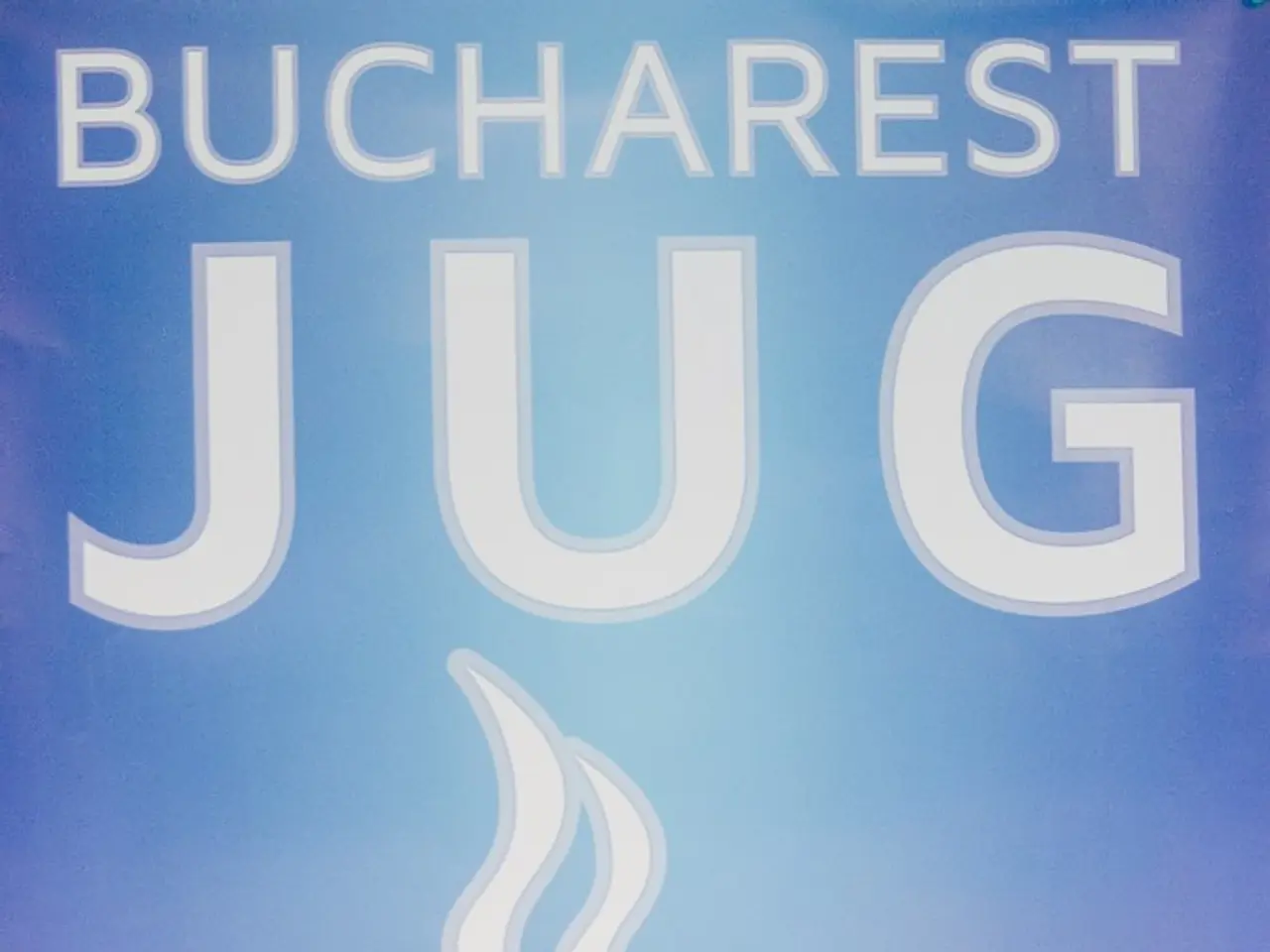Expansivegrowth of Old Second Corporation marking $197 million investment in Evergreen deal within the Chicago metropolitan area
In a strategic move that is set to reshape the Chicago regional banking sector, Old Second Bancorp has announced the acquisition of Evergreen Bank Group (EBG) in a deal worth $197 million. The merger, expected to close in the third quarter of 2025, will create the second-largest community bank in the Chicago area, with approximately $7.1 billion in assets [1][2][3].
The acquisition, finalised on July 1, 2025, brings Old Second an additional $1.45 billion in assets and adds three more branches in Cook and DuPage counties, expanding its footprint and service offerings [2][5]. Bancorp Financial Chair Darin Campbell will join the combined entity's management, although the role was not specified [1].
Evergreen Bank's niche in powersports lending—a market specialising in loans for recreational vehicles like motorcycles, ATVs, and snowmobiles—is a significant aspect of this deal. Piper Sandler, an investment research firm, has highlighted that this acquisition enhances Old Second Bancorp’s growth prospects due to Evergreen's expertise and market position in powersports lending [2]. This niche allows Old Second to diversify its loan portfolio, reducing asset sensitivity and supporting a more durable net interest margin, which improves financial stability and profitability outlook [2].
The integration of Evergreen Bank’s operations strengthens Old Second Bancorp's competitive stance in the Chicago area, expanding its client base and product portfolio. Piper Sandler has raised the stock price target for Old Second Bancorp from $22.00 to $24.50 post-merger, reflecting strong confidence in the bank’s enhanced growth trajectory and profitability through 2025 and 2026 [2]. The firm anticipates operating EPS growth to $1.96 in 2025 and $2.15 in 2026, surpassing previous estimates, and highlights an expected return on assets (ROA) of 1.5%-1.6%, which is superior to peers [2].
This improved financial profile and strategic expansion into a niche lending segment position Old Second Bancorp to be a more durable and profitable regional bank. Old Second CEO James Eccher believes the combination will diversify revenue streams, enhance management depth, and provide an opportunity to drive long-term stockholder value [1].
The acquisition follows a trend in the Chicago area where credit unions have targeted community banks for acquisitions in recent times. Notably, Rosemont, Illinois-based Wintrust expanded into Michigan for the first time last year by acquiring Macatawa Bank, while Michigan State University Federal Credit Union bought McHenry Savings Bank in 2023 [1].
This strategic expansion is expected to create long-term value for shareholders and enhance Old Second’s competitive advantages in 2025 and beyond [1][2][3]. With the addition of Evergreen's powersports lending divisions, Old Second Bank will have a 56-branch footprint and approximately $6 billion in deposits, positioning it for continued growth and success in the Chicago banking market.
- The acquisition of Evergreen Bank Group by Old Second Bancorp, worth $197 million, not only expands their business in the Chicago area but also strengthens their position in the banking-and-insurance industry, as the merger adds Evergreen's expertise and market position in powersports lending, a niche sector in finance.
- The strategic move of acquiring Evergreen Bank Group will help Old Second Bancorp diversify its loan portfolio, reducing asset sensitivity in the industry, and supporting a more durable net interest margin, which could lead to improved financial stability and profitability in the business world.




